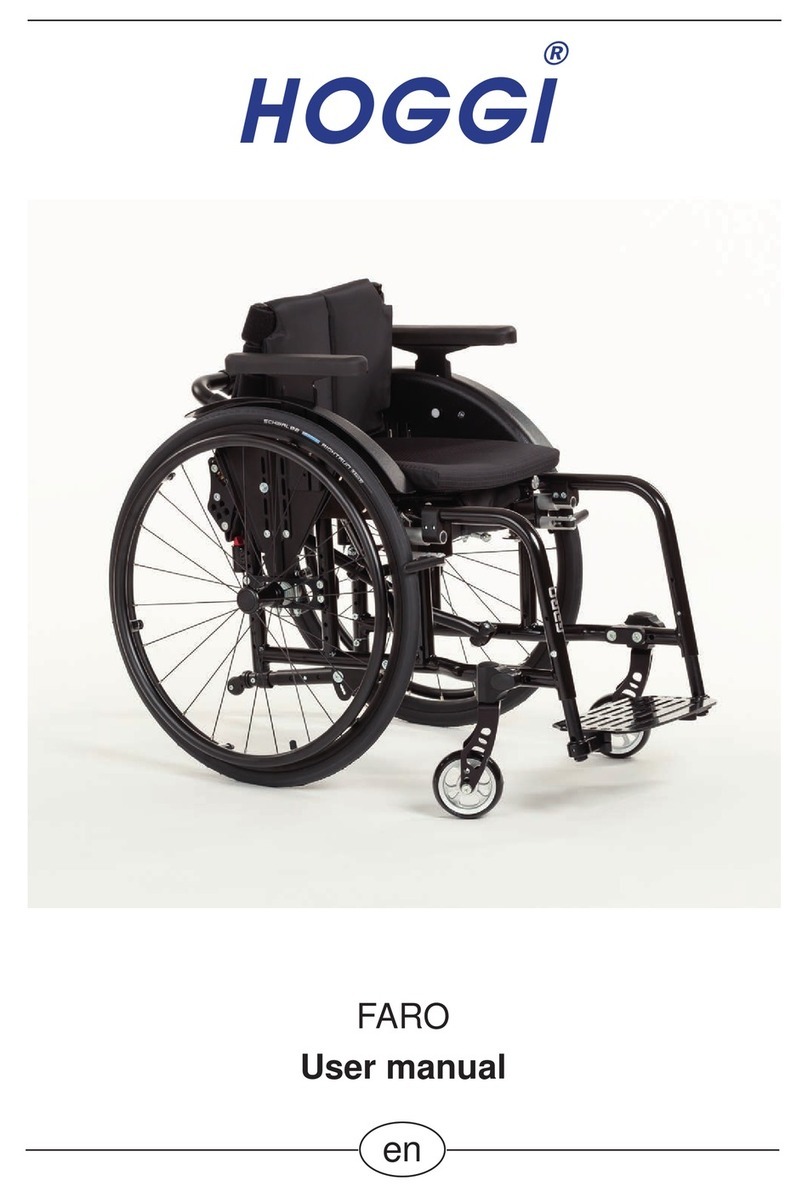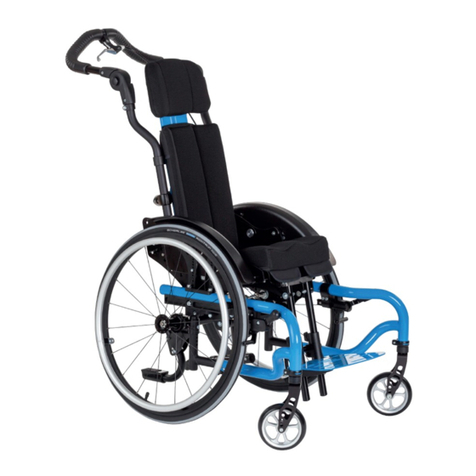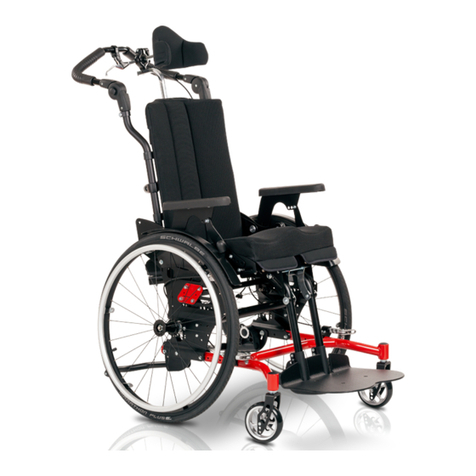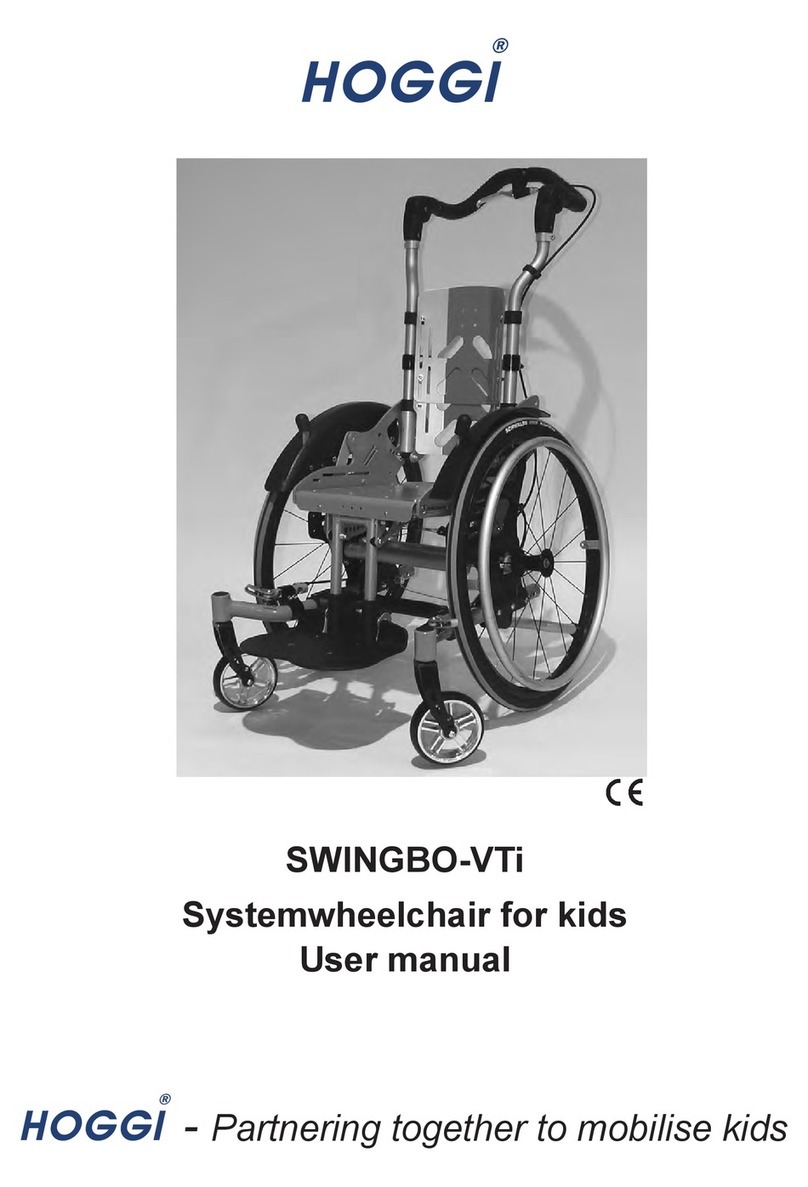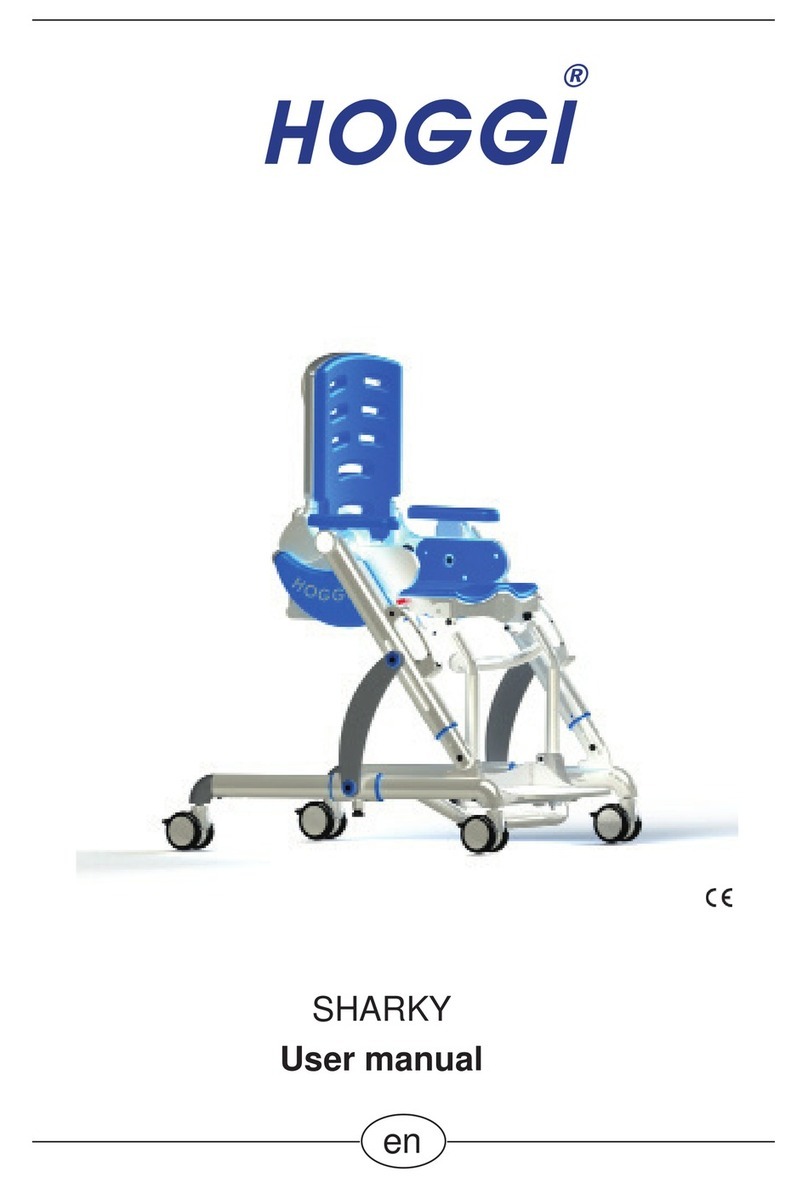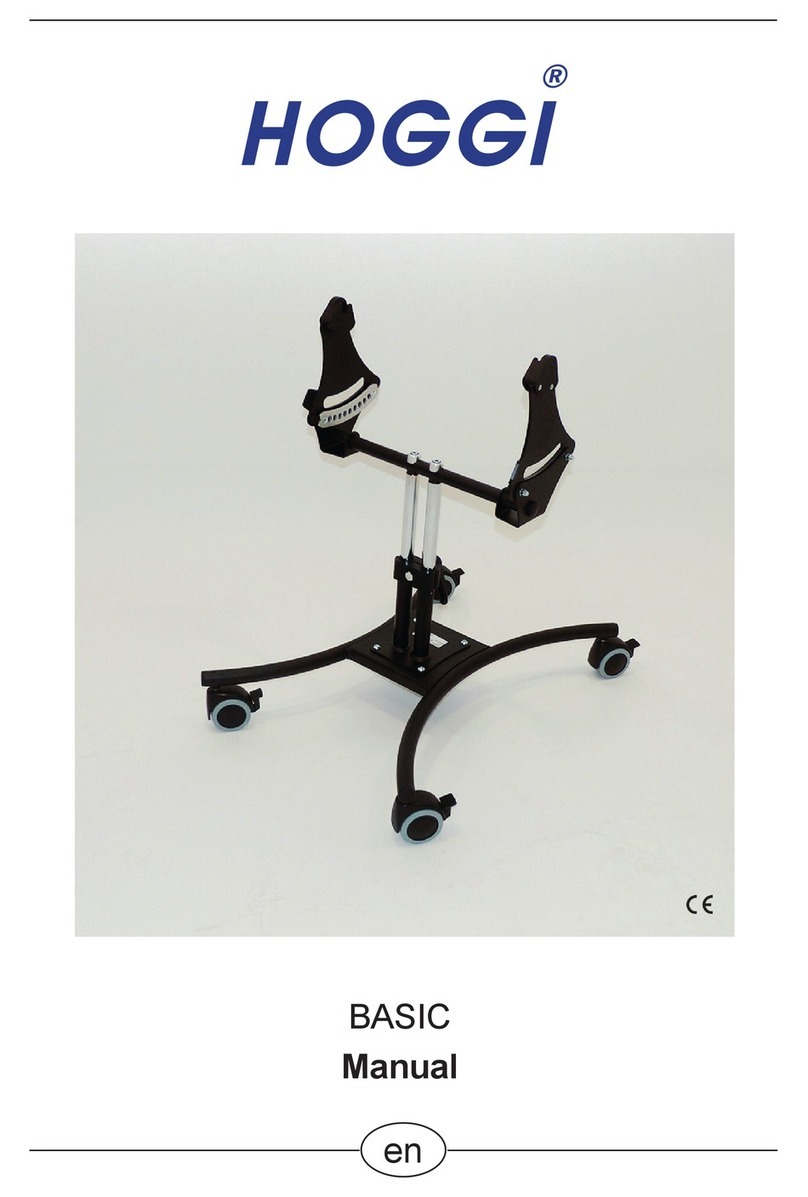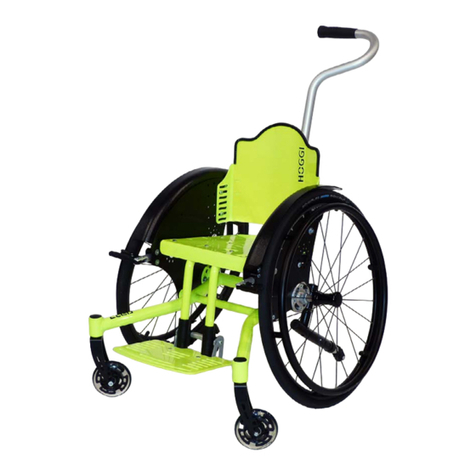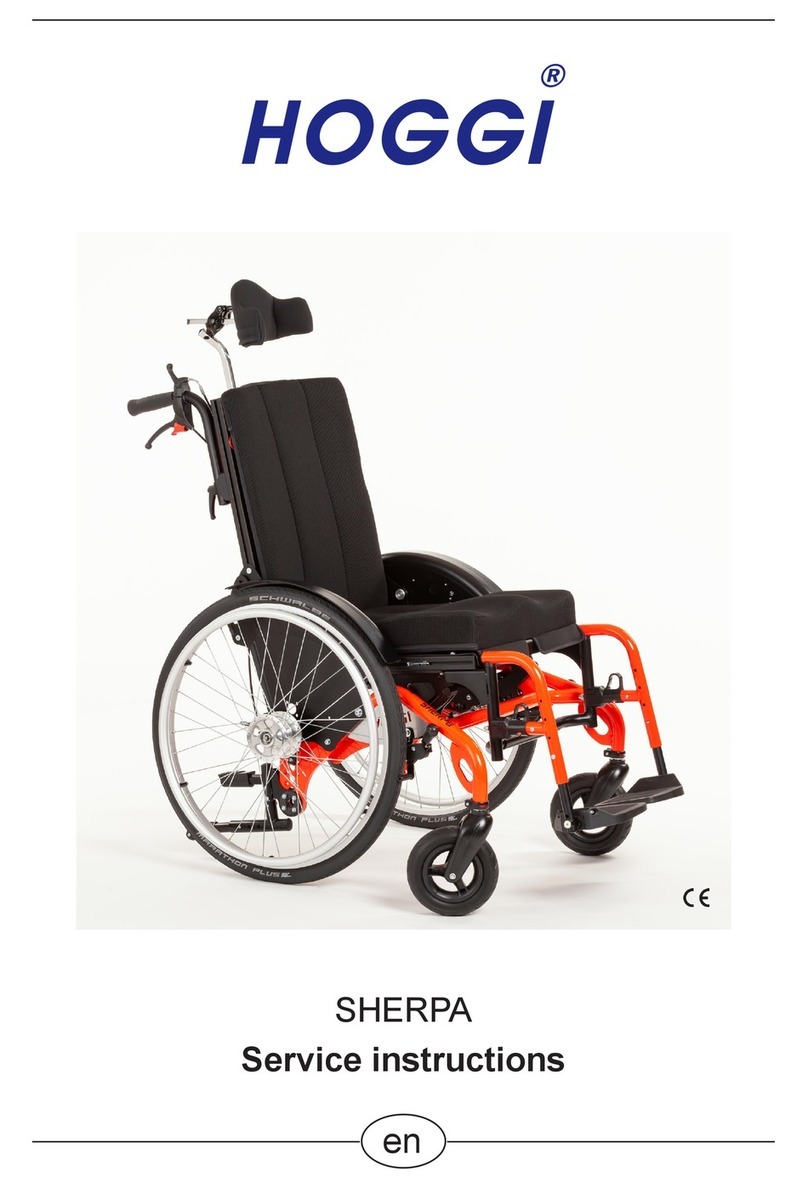
1
Manual SWINGBO-2 XL System wheelchair for kids and adolescents
1 Common Information _________________________________________________________________________________2
1.1 Preface _______________________________________________________________________________________2
1.2 Application ____________________________________________________________________________________2
1.3 Declaration of conformity _________________________________________________________________________2
1.4 Terms of warranty_______________________________________________________________________________2
1.5 Servicing and repairs ____________________________________________________________________________2
2 Safety instructions ___________________________________________________________________________________3
2.1 Meaning of symbols _____________________________________________________________________________3
2.2 Common safety instructions _______________________________________________________________________3
3 Delivery and Preparing for use _________________________________________________________________________6
4 Adjusting and adaptation possibilities__________________________________________________________________10
4.1 Wheel lock (knee lever wheel locks, mounted on the frame) _____________________________________________10
4.2 Wheel lock (wheel lock lever integrated in wheel guards) _______________________________________________ 11
4.3 Seat width / seat height / camber __________________________________________________________________11
4.4 Seat depth ___________________________________________________________________________________12
4.5 Backrest height (backrest panel trough shaped) ______________________________________________________12
4.6 Backrest height (backrest panel angle- and height adjustable) ___________________________________________12
4.7 Decline (backrest panel trough shaped)_____________________________________________________________13
4.8 Decline (backrest panel angle- and height adjustable) _________________________________________________13
4.9 Active degree _________________________________________________________________________________13
4.10 Tilt__________________________________________________________________________________________13
4.11 Height adjustment of push-bar ____________________________________________________________________14
4.12 Height- and angle adjustment of push-handle ________________________________________________________14
4.13 Anti-tip ______________________________________________________________________________________14
4.14 Detaching rear wheels with quick-release-axle ______________________________________________________15
4.15 Pneumatic tyres / PU-tyres_______________________________________________________________________15
4.16 Hand rims_________________________________________________________________ ___________________15
4.17 Drum brakes__________________________________________________________________________________16
5 Accessories _______________________________________________________________________________________17
5.1 Seat panel ___________________________________________________________________________________17
5.2 Backrest (backrest panel angle- and height adjustable) ________________________________________________17
5.3 Backrest (backrest panel trough shaped)____________________________________________________________18
5.4 Footrest hanger 90° ____________________________________________________________________________18
5.5 Knee angle system (angle adjustable) ______________________________________________________________18
5.6 Footrest angle adjustment _______________________________________________________________________18
5.7 Footrest with locking mechanism _________________________________________________________________19
5.8 Footrest _____________________________________________________________________________________19
5.9 Footrest with heel stop __________________________________________________________________________19
5.10 Single footrest hanger (with two single foot plates in boat shape) _________________________________________19
5.11 Lower leg length _______________________________________________________________________________19
5.12 Seat cushion__________________________________________________________________________________19
5.13 Backrest cushion ______________________________________________________________________________20
5.14 Spoke guards_________________________________________________________________________________20
5.15 Tip assist ____________________________________________________________________________________20
5.16 Headrest „standard“: with cushion ________________________________________________________________20
5.17 Headrest bracket „universal“ _____________________________________________________________________21
5.18 Headrest with occiput upholstery _________________________________________________________________21
5.19 Trunk supports ________________________________________________________________________________21
5.20 Chest-/thoracic support _________________________________________________________________________21
5.21 Armrests with PU pads _________________________________________________________________________22
5.22 Therapy tray__________________________________________________________________________________22
5.23 Lap belt _____________________________________________________________________________________22
5.24 4-point-harness _______________________________________________________________________________23
5.25 Ankle hugger _________________________________________________________________________________23
5.26 Hip pads _____________________________________________________________________________________23
5.27 Abduction block _______________________________________________________________________________23
6 Transport __________________________________________________________________________________________24
6.1 In the trunk (luggage space) of a car_______________________________________________________________24
6.2 Using SWINGBO-2 XL for bus transport____________________________________________________________24
6.3 Transfer - getting into or out of the wheelchair _______________________________________________________24
6.4 Anti-tippers to override steps_____________________________________________________________________25
7 Maintenance _______________________________________________________________________________________26
8 Specications ______________________________________________________________________________________27

